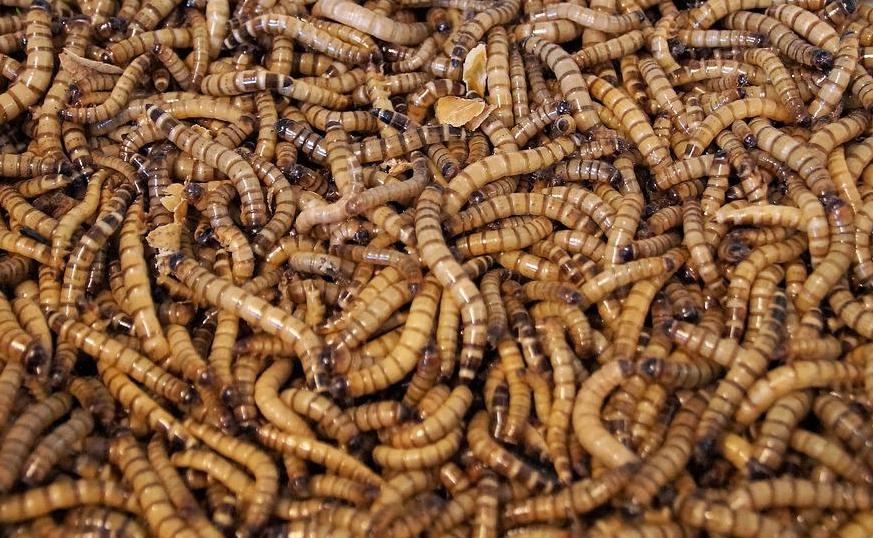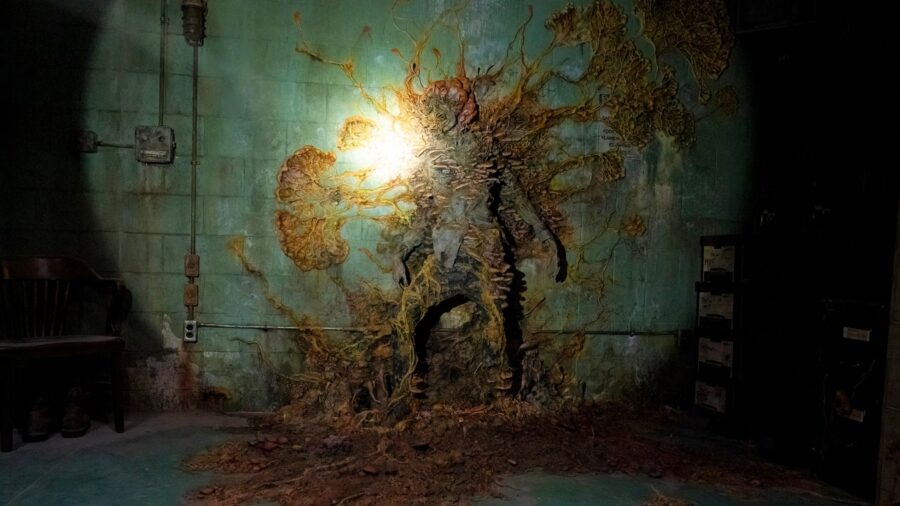Zombie Worms Are Making Species Drown Themselves

We saw the real-life cordyceps zombie fungus in The Last of Us, which was scary enough, but we should be glad that video game franchise and subsequent HBO series weren’t inspired by the real-life zombie worms known as horsehair worms. CNN reported that these worms don’t necessarily turn their host victims into aggressive mindless creatures but rather manipulate the host to seek out water and drown themselves in it.
They do this because the horsehair worms need water to mate and lay eggs, and then they just (disgustingly) crawl out of the host body’s butt to escape.
Again, good on The Last of Us creators for choosing zombie fungus instead of zombie worms as inspiration. Fortunately for us, like the cordyceps fungus, these worms choose arthropods like crickets and beetles as their unfortunate victims. However, the weirdness of manipulating a host body isn’t the only oddity scientists observed about these worms.

Parasitic horsehair worms make their hosts jump into the water and drown so the worms can mate.
Scientists did a genetic analysis on these zombie worms and found that their evolutionary branches led to them missing roughly 30 percent of genes that are found in all other animals. To find this, scientists sequenced the genome of two horsehair worm species — the freshwater hairworm Acutogordius australiensis and the marine species Nectonema munidae.
When the genomes of these worms were compared to other animals, scientists noticed that they were missing about 200 genes, primarily ones that controlled cilia development.
It’s strange that the zombie worms don’t have these genes because cilia are important and create short, hairlike structures at the cellular level that act as sensors, helping organisms to move, capture food, and navigate their environment. Regardless, the horsehair worms seem to survive just fine without cilia, despite baffling scientists as to how they find host bodies without having basic sensory functions.
It seems it would be difficult for both the freshwater and marine horsehair worms to proliferate without them, but scientists have identified several hundred species of the freshwater worms and five species of the marine worms.
Fortunately for the arthropods in the sea, only the freshwater species are the zombie worms that manipulate the behavior of the host animal. As scientists continue to study the genes of the animals, maybe we’ll find some more weird things about them. As if the fact that they make bugs drown themselves wasn’t already weird enough.
Other Species That Can Control Host Bodies
But, as mentioned, these zombie worms are far from the only parasitic species that take over their hosts in such a scary manner. The aforementioned Cordyceps fungus will take over the mind of ants, manipulate it to go somewhere up high, and then explode out of the body to grow on its new perch. Meanwhile, there are parasitic wasp species that lay eggs in caterpillars that release chemicals making the caterpillar a bodyguard and food source for the young when they hatch.
While series like The Last of Us might be enough to scare you about zombie fungus and zombie worms, scientists have explained the mechanisms behind these parasites. Namely, the fact that their infection and manipulation methods are very species-specific, and they are uniquely built to manipulate the anatomy and chemistry of the host bodies.
This means that they’re pretty much stuck with one host species, and making the jump to something with a much different, complex physiology like a human is unlikely.











